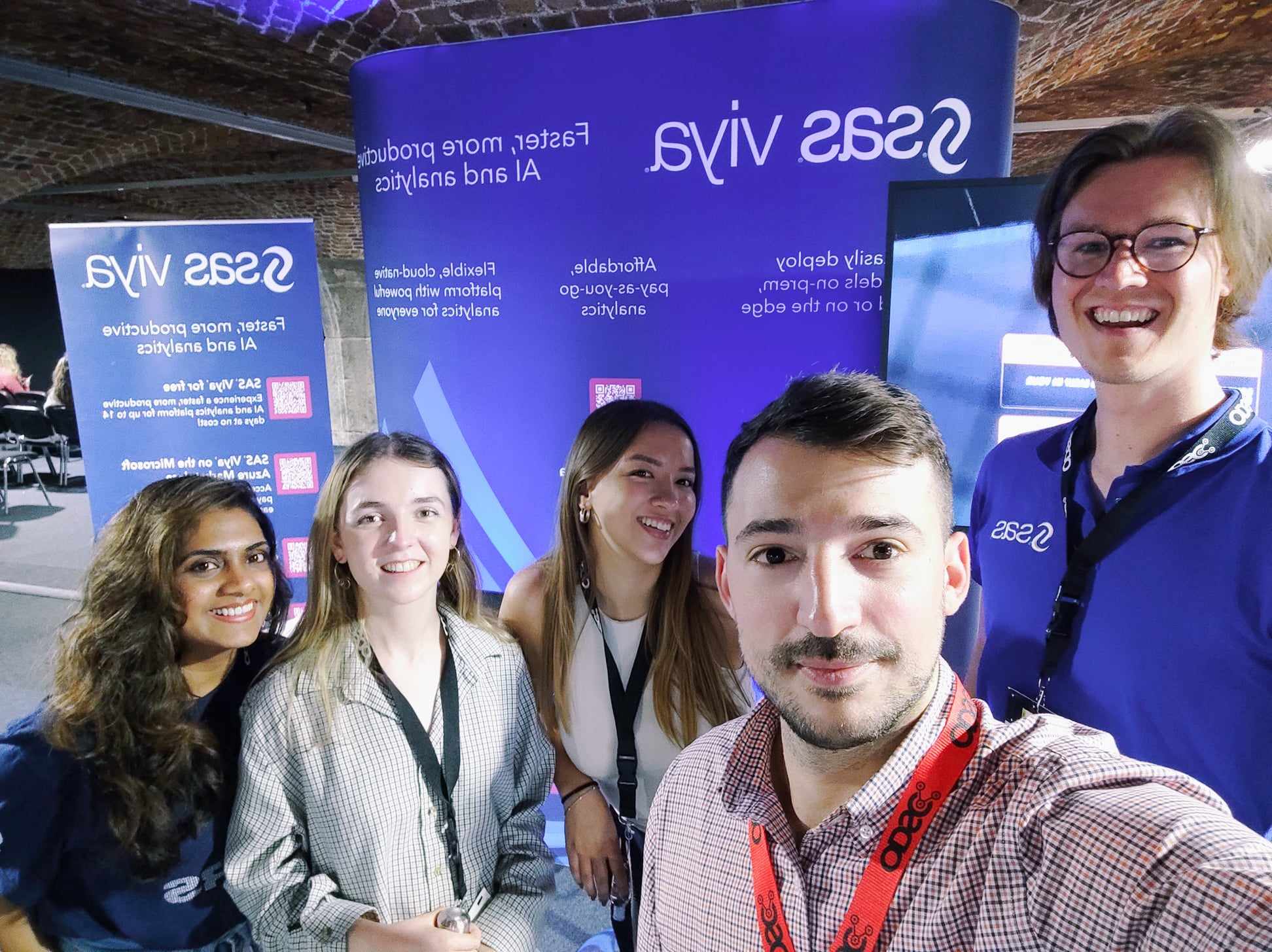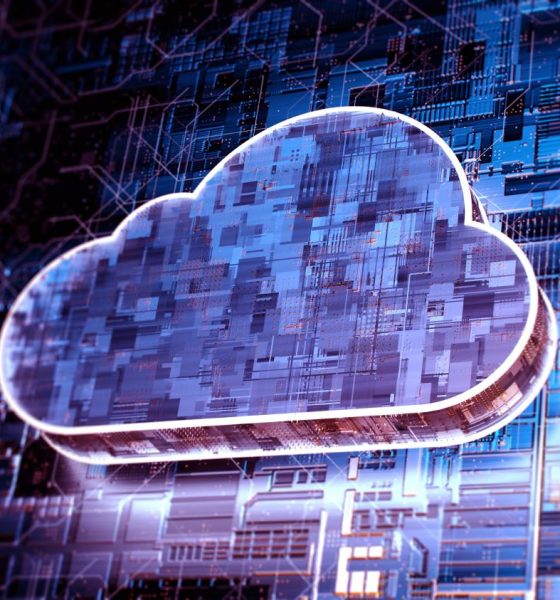
In a global economy marked by fragile supply chains, scarce resources and rising energy costs, the spotlight is on forecasting to address these issues. In 2022, McKinsey & Company uncovered a staggering $600 billion annual food waste, equating to 33% – 40% of global food production, spotlighting the devastating consequences








